Apogee Scintilla
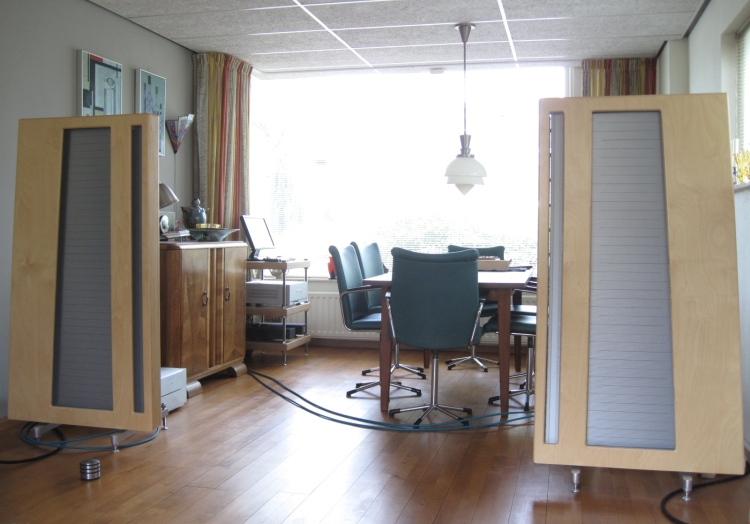
My first encounter with the infamous amplifier killer
The Scintilla was Apogee’s second speaker, modelled after the Full Range. It is said that much the same materials and technology were used, only in a smaller size. The Scintilla’s tweeter really stands out when viewed close by: I never realised that there were four of them, two at the front and 2 at the back! Well, actually they are all part of the same long ribbon, but folded creatively, presumably to prevent the impedance dropping too low.
On the Listening Sessions page I indicated to still have Scintillas on the wish list to listen to. This post was read by Stanley, a Scintilla owner, and he arranged for Henk van der Hoeven to contact me. Whether I was still interested in hearing a set fully restored Scintillas? You bet your ass I was!
And so JW and I headed over to Stanley’s place.
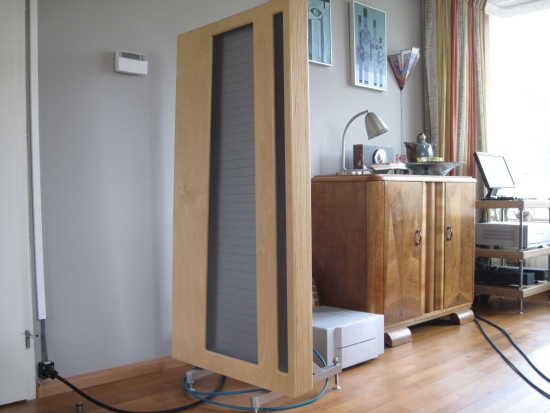
Stanley has opted for new cabinets for the Scintillas, made entirely out of birch plywood. The assumed advantage of this would be that any resonances that find their way into the sound and thus colour it, should be more natural than they would be with the originally used MDF. In the back you can see the audio system, restricted to the bare essentials. The dismantling and rebuilding process is described in the separate article linked below.
Scintilla Dismantling and Rebuilding process
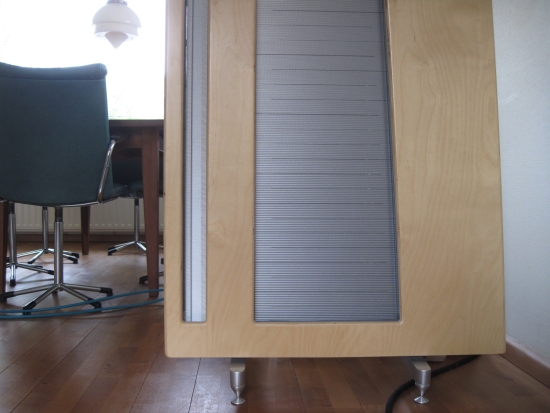
You can tell this is the 1 ohm version by the thickness of the bass ribbon slits. The later more friendly 4 ohm version has double the amount of slits, which then are the same width as the Divas’ or the Duettas’ for example.
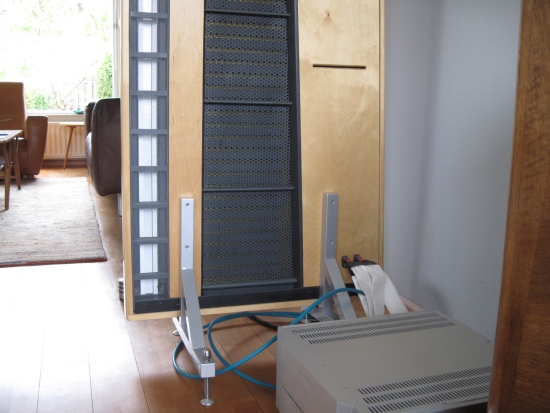
By default, Scintillas are tilted backward by a fixed amount. The new stands however allow adjustment of the tilt, and this can really make a large difference. Naturally the “ideal” tilt will vary according to the listening distance, but in Stanley’s case he ended up at approximately 1,5 degrees of tilt backwards.
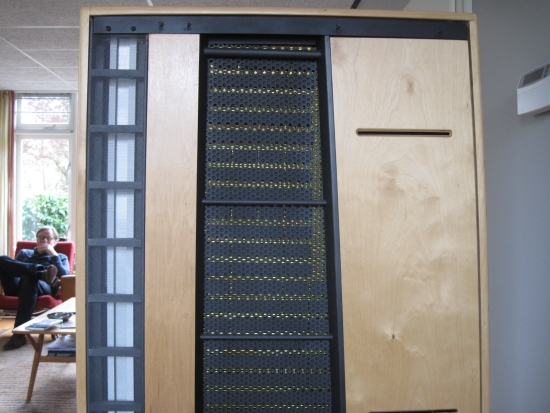
The horizontal slits provide ventilation for the resistance foil inside, which are normally glued on the rear with only the thin mesh covering it up. With the closed wood rear Stanley wanted to be sure to not have them overheat, but once assembled this turned out not to be necessary as there is no heat emission whatsover. The horizontal metal bars behind the magnets a tweak to make the housing more sturdy than the original. You can also clearly see that the tweeter ribbons are doubled up and actually in front of the midrange driver.
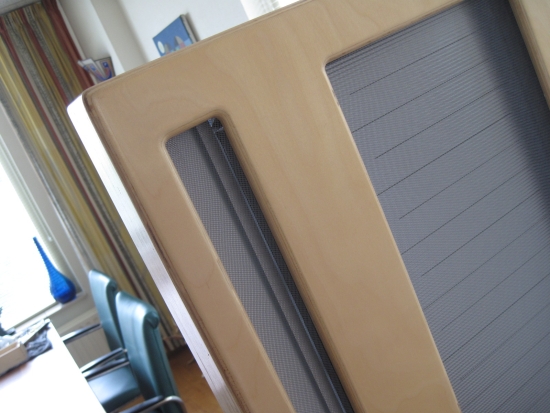
The Scintilla’s crossovers were rebuilt using new components, according to an average of several measured pairs of Scintillas and the values found on forums. This route was chosen because the values used by Apogee could vary from specimen to specimen.
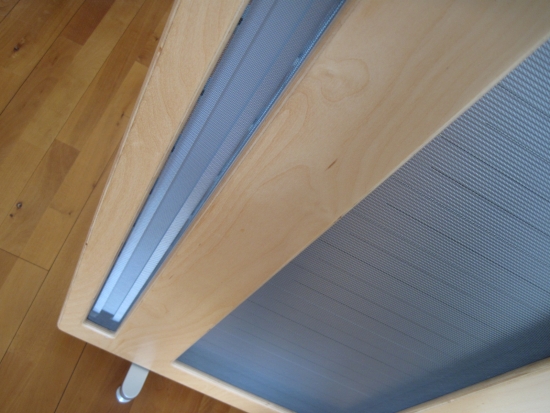
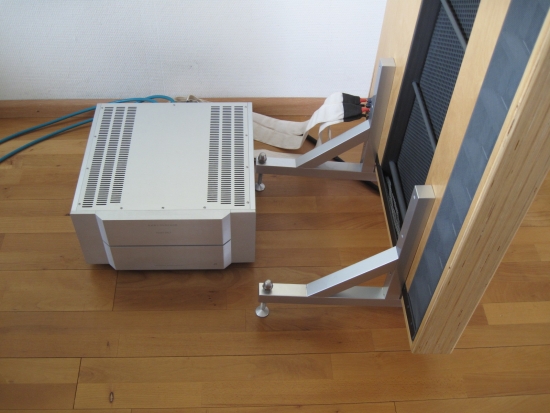
Audio Analogue Maestro – most known for producing seducingly musical sounding equipment, but not necessarily for their power. These amps however have no problem at all with the 1-ohm Scintillas. They even run pretty cool.
Power for the audio system is taken from two separate spurs of the 3-phase mains power, with the computer (and its noisy switching power supply) on another phase than the DAC and power amplifiers. The latter are fed via individual cables straight from the fuse box.
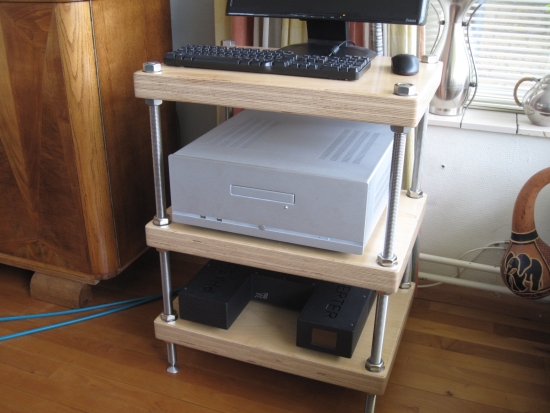
The heart of the setup is the XXHighEnd software (http://www.xxhighend.nl). XXHighEnd minimises Windows and upsamples and filters WAV- or FLAC-files of 16/44, 16/88, 24/88, 24/96, 24/192 to 32/705 (or 24/768), so that the NOS1a DAC can convert them without any filtering.
On the photo there is still a monitor and keyboard, but the computer currently works without screen/mouse/keyboard, and also without data HDD, ODD, or any extension cards.
The Audio PC is controlled via Remote Desktop Protocol by a Music Server PC and the Music Server PC in turn is controlled via RDP on an iPad. Schematically: iPad > wifi > router > utp kabel > Music Server PC > utp kabel > Audio PC > USB kabel > Intona > USB kabel > DAC.
USB out to the DAC runs via an Intona galvanic isolator, via a specially made Clairixa USB cable.
DAC is the Phasure NOS 1a.
Between DAC and power amps are Blaxius interlinks with BNC connectors.
The speaker cables are home made from Mundorf Oxygen Free Monocrystal Copper foil.
Poweramps are Audio Analogue Maestro monos.
Listening
Even if Stanley’s setup is entirely different from my own setup or any other Apogee setup that I have heard, there’s an immediately recognisable family character. Most notably is the coherence and transparency, braced by gentle and airy highs on the one end and firm, tuneful bass on the other end. A Scintilla is essentially a Full Range reduced in size, but this is not evident from a lack of bass or overall power, rather, this setup sounds a lot more airy and refined than the Full Range pair at Niels’ place, and more integrated, more “of a whole”, which is not really surprising given that the Full Range pair is driven by an active crossover and different amplifiers for bass and treble. If anything I’d say that the Scintillas sound lively in a way that reminds me of these Full Ranges but the resemblance really does end there. To be fair I shouldn’t really compare these speakers this way because there are too many external factors of influence on the sound, but one can’t easily set up two or more pairs of these speakers side by side as I did with the Duettas…
Clearly Stanley has very carefully refined his system over the years, to arrive at a sound that is highly revealing but never harsh or agressive. Compared to any Jeff Rowland based setup, there’s less honeycoating but still I find the sound to be ever so delicate. It is said that Scintillas have a certain magic in the midrange and indeed I found this to be the case. Voices are superbly clear and clean but also incredibly lifelike. The midrange reminds of what modern Martin Logans sound like, but without their inherent colouration and beamy “forward” or “in your face” tendency. And in spite of there being no preamp in the system, there is none of the emptyness, treble brittleness or lack of colour that I often experience in such minimised systems.
Scintillas are both feared and praised and it is true that they can be very difficult to drive, but at Stanley’s place, there was absolutely no evidence of this. He has the later 1-ohm versions yet the Audio Analogue amps never broke sweat. We played some well-known CD’s I own, and then Stanley played some of his favorite tracks, and the hours flew by. I certainly enjoyed his sound a lot.
But even if I really liked this system, I was under the impression that the Scintillas, while certainly very good, were not incredibly different from say, Duettas or Divas. Bass, I thought, was comparable to Duetta Signature bass and treble was reminiscent to Diva treble. Was the praise somewhat blown out of proportion?
I would get the answer later when I was back at home. My bass with the Divas is not nearly as strong or as agile and my midrange certainly isn’t as lively and direct. My sound is warmer and fuller, but this is not necessarily always more enjoyable. And I thought that Stanley’s treble and my treble were comparable? Well, not really. The Scintillas have more air and are more expressive on top, but without any harshness. The midrange is where the divider will be for some. Divas have a very smooth, full tonality in the midrange that I did not hear at Stanley’s. The Scintillas by comparison were more lively and impulsive but could sometimes also be a little forward. Not too much mind you, but just less “bedded in” than in my system, which makes them slightly less forgiving with some recordings. Then again I’d bet that the situation would be different if I’d haul my preamp over there. But I’m sure this would bring mixed results, and I must say that Stanley’s system is the first preamp-less system to fully convince me that maybe a preamp is not necessary for musical results, not even with Apogees.
Duetta Signatures can be said to be the sweet spot for Apogee in terms of availability, cost and ease of use. Divas improve on them in several areas but at the cost of complexity and more effort required on the amplifier side, and I’m sure that I haven’t heard the best from my Divas yet. Scintillas sure are the next level up, combining the best of both, with even more effort required on the amplifier side. But I’m tempted to say that Scintillas may be the finest Apogees I have heard so far.
More Scintilla
Dismantling and Rebuilding process
More Apogee
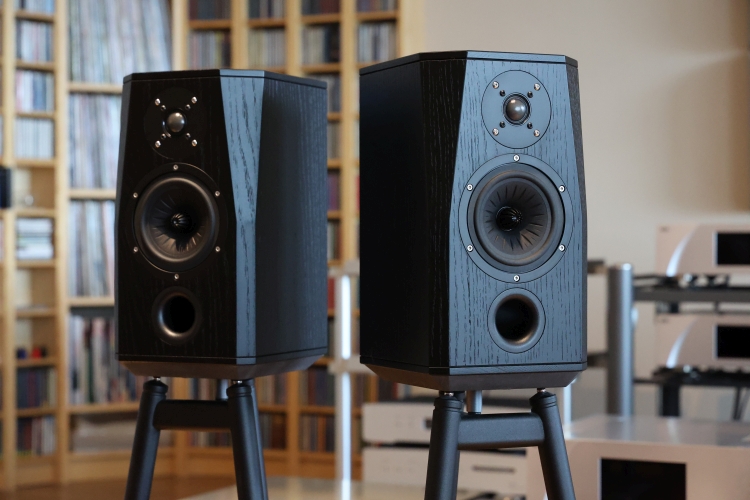
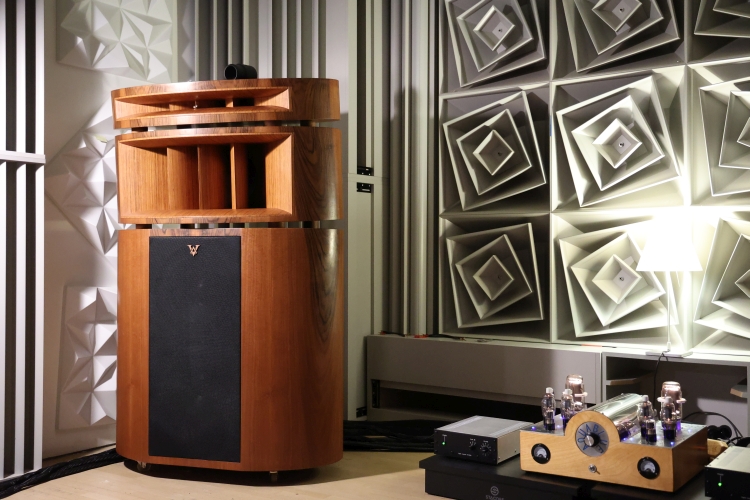
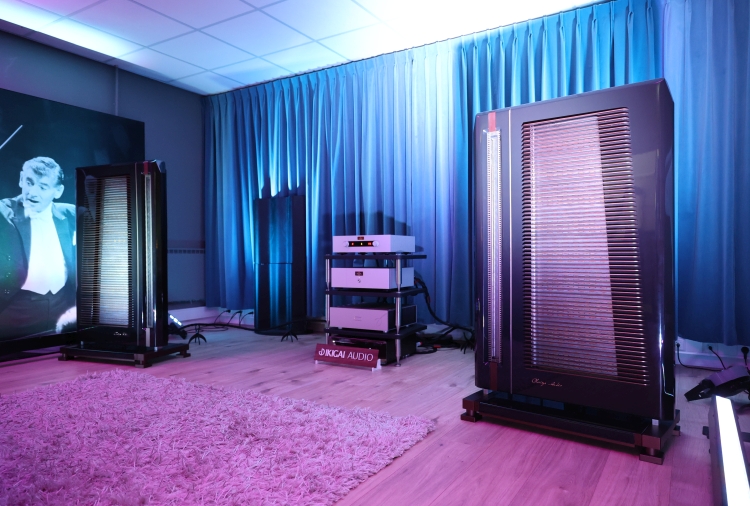
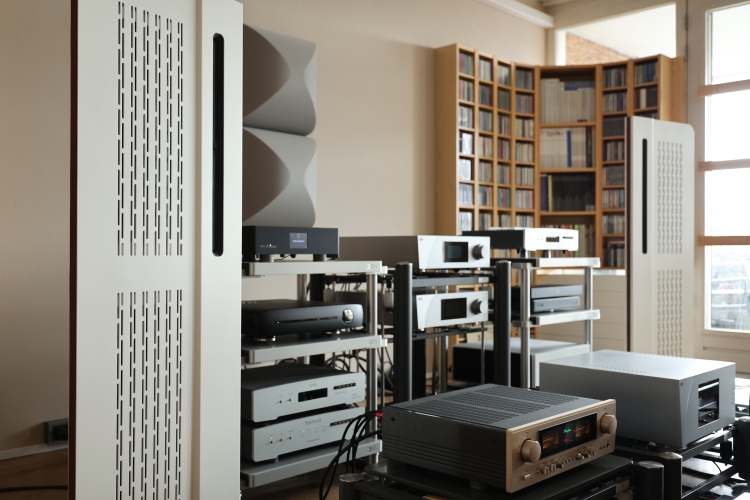
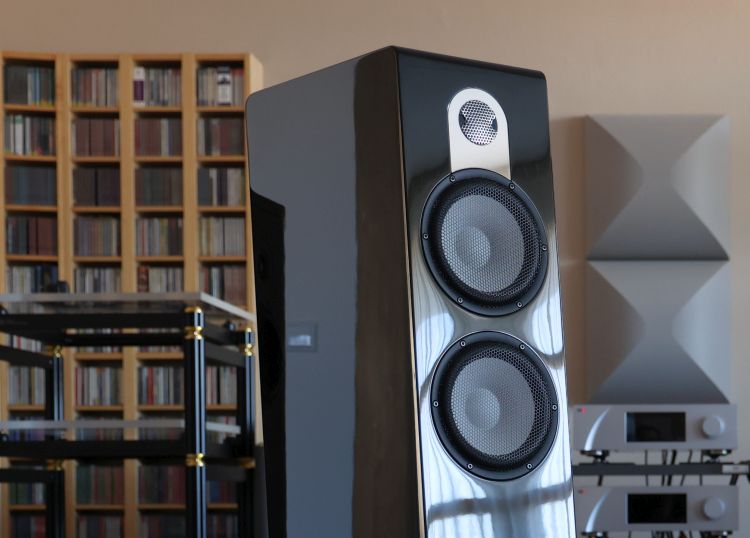
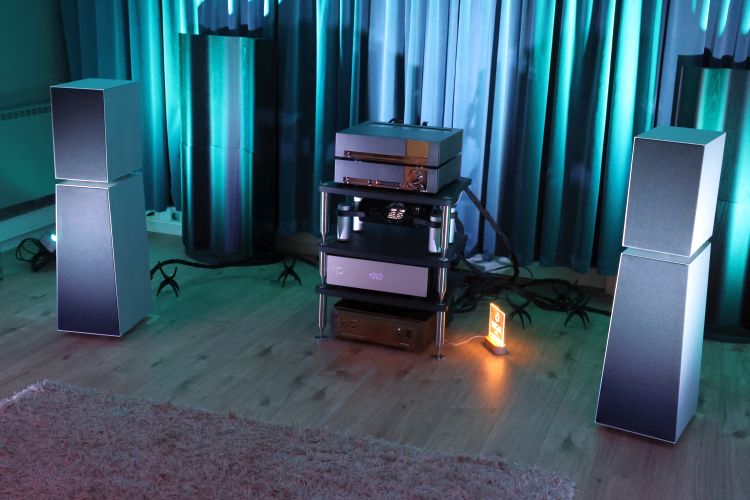
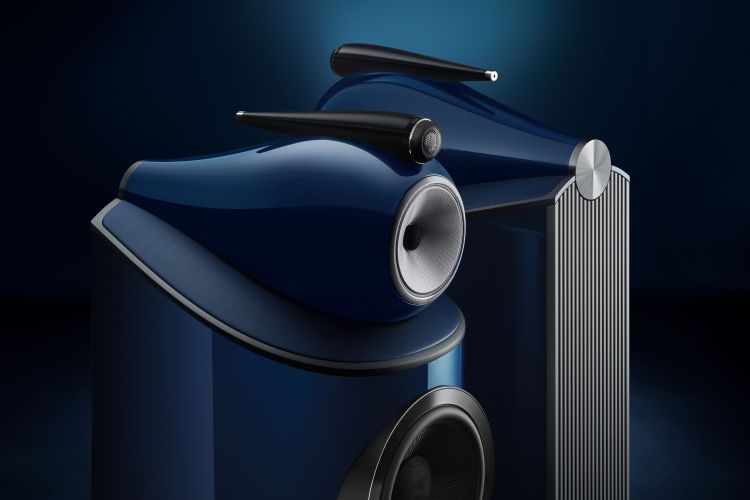
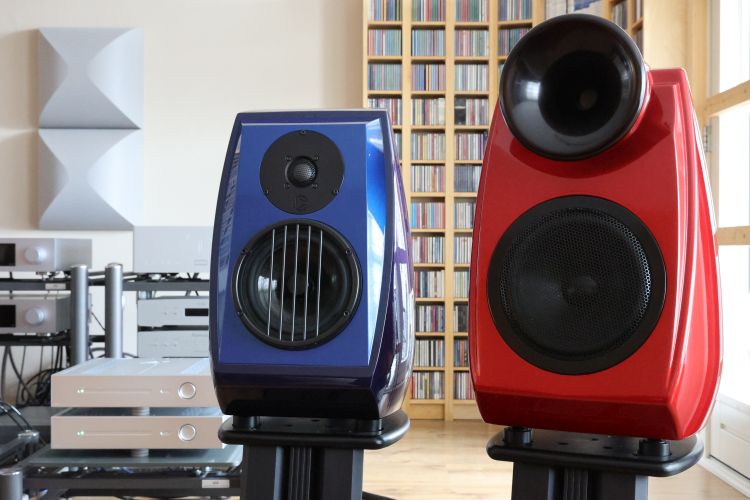
Hello,
Do you have any instructions or manual how to properly tune the bass panels?
Thanks,
Peter
Alas – I do not and the process is not documented anywhere that I know of. I do know it’s not a one size fits all method. You have to tighten and listen for resonances, then tighten more or less.